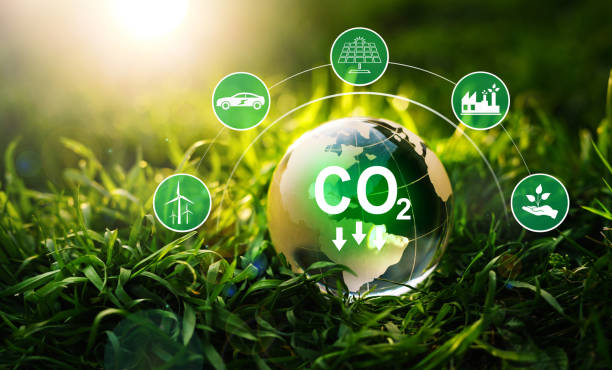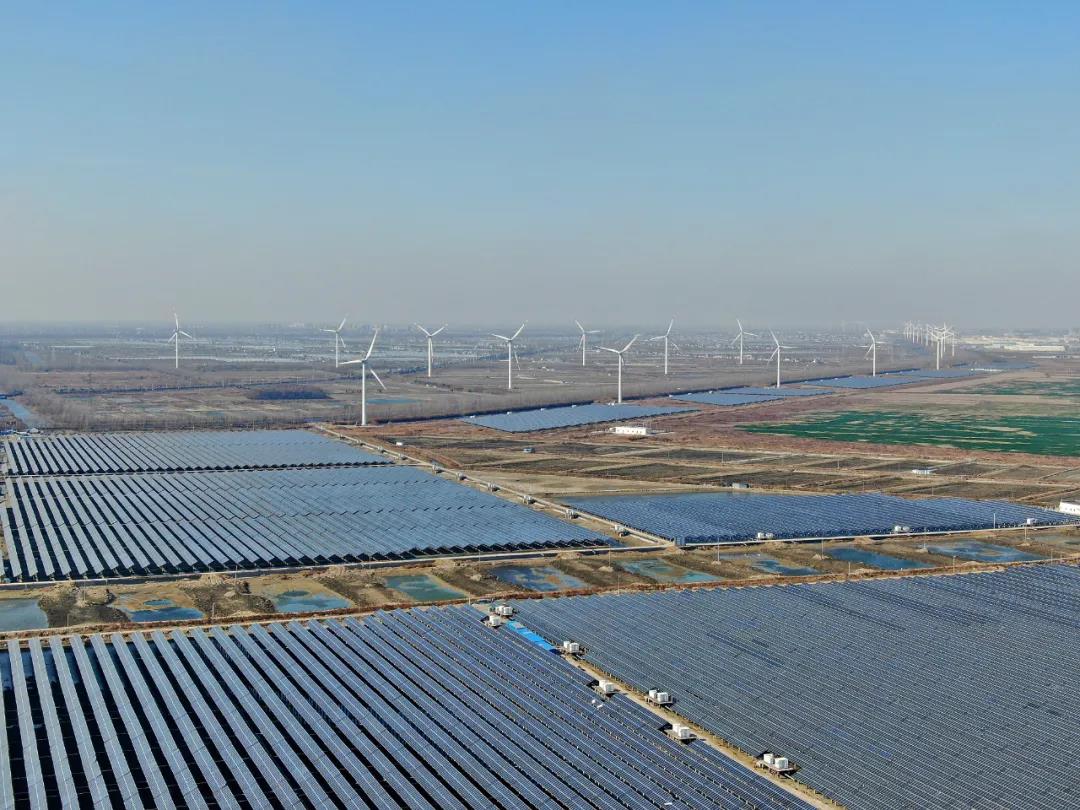On January 20, ZTT released the "green and low-carbon manufacturing (GLCM) action plan(2021-2030).

According to the action plan, ZTT will firmly establish the concept of green and low-carbon development, implement measures such as green design, green purchasing and green manufacturing by means of energy substitution, raw material substitution, energy conservation and emission reduction and material saving cycle. ZTT adheres to green and low-carbon technological innovation, and optimize energy consumption and industrial development structure. ZTT will achieve the goal of carbon peaking by 2030 and carbon neutralization by 2055.

The action plan defined a series of implementation paths and action plans for the implementation of low-carbon green development. First part is carbon verification, which verifies the energy, carbon emission and carbon footprint data of each factor . Second, reduce carbon emission by green manufacturing and advocate green low-carbon office life for all employee. Third, carbon neutralization, actively building photovoltaic power generation, wind power generation, green hydrogen energy, afforestation, green power trading, user side energy storage system, "carbon neutralization" factories.

In order to ensure the practical promotion of the action plan, ZTT has established a "carbon emission reduction team. ZTT also set up a Helios energy platform and energy management system (EMS) based on industrial Internet, and carry out green low-carbon management system certification and green factory certification to provide technical support. Meanwhile, actively participate in national energy conservation publicity week, national low carbon day and other theme activities, such as "turning off the lights for one hour", "turning on the air conditioner for one day less", etc. ZTT has planted over 692 mu of trees in the wasteland by sea coast.

ZTT has been actively exploring and practicing green transformation. ZTT used green Degradable Polypropylene insulating material (PP) instead of non degradable XLPE, which not only ensures higher electrical performance of cables, but also improves production efficiency and reduces energy consumption. Moreover, the PP insulation material can be recycled and reused, which is more environmentally friendly. It is estimated that the carbon emission in the whole life cycle of PP insulated cable can be reduced by about 50%. In the field of new energy, in 2021, the installed capacity reached 1.5gwh in 2021, reducing the average annual carbon dioxide emissions by 528000 tons and 1.28 million tons respectively.
In the future,ZTT will insist on diversified investment, strengthen evaluation and monitoring, ensure the implementation of the action plan. ZTT is aimed to become model company of green technology manufacturing.







